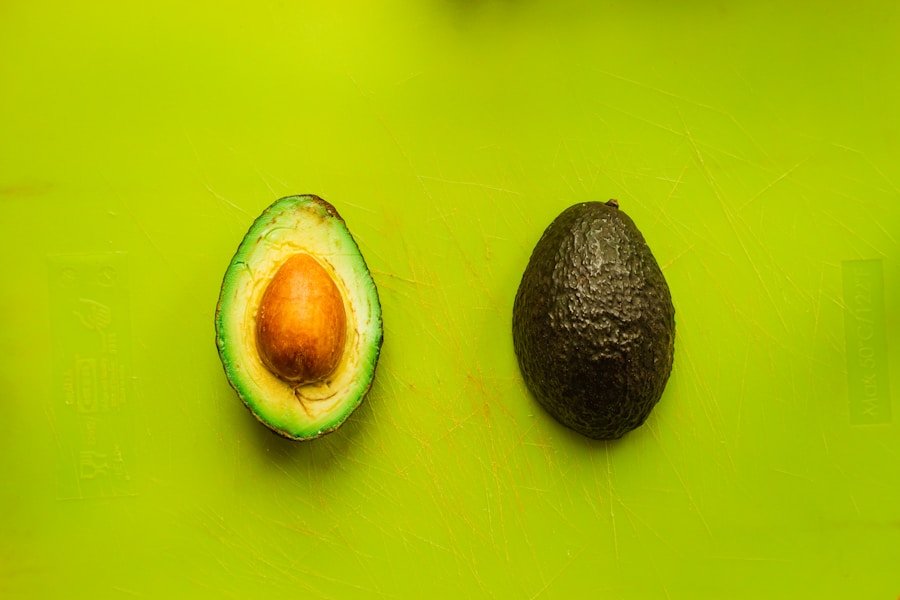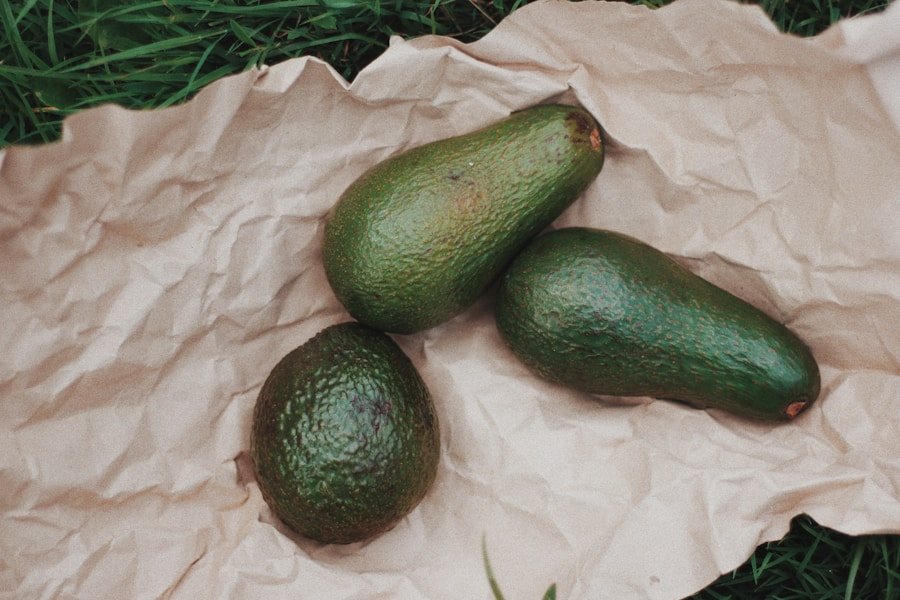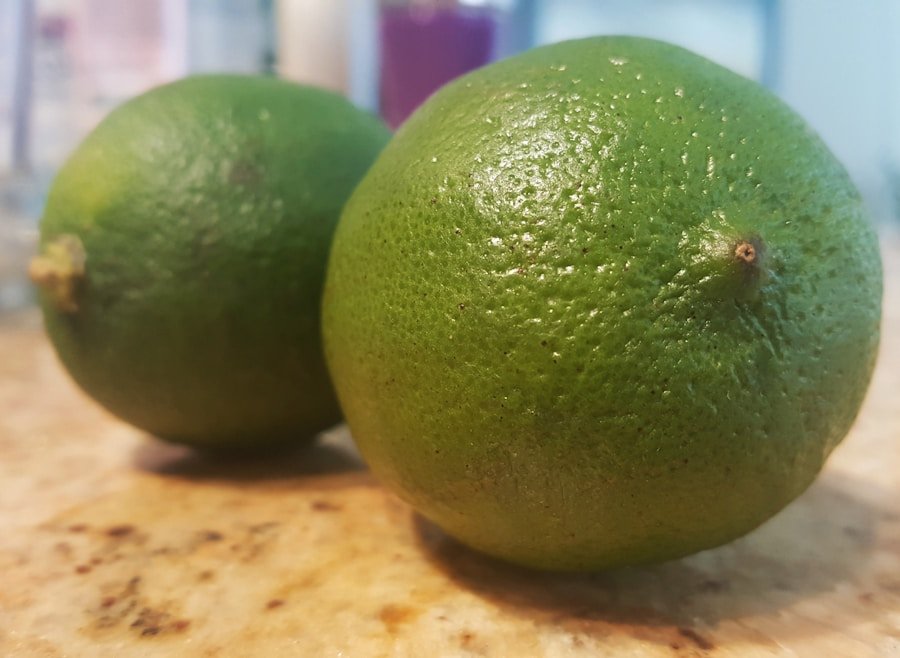Avocados are a beloved fruit, celebrated for their creamy texture and rich flavor, making them a staple in various culinary traditions. However, one of the most challenging aspects of enjoying avocados is determining their ripeness. Unlike many fruits that exhibit clear signs of readiness, avocados require a nuanced understanding to ensure they are consumed at their peak.
Ripeness in avocados is not merely a matter of time; it involves a complex interplay of factors including the variety of the avocado, environmental conditions, and the specific ripening process it undergoes after being harvested. The ripening process begins once an avocado is picked from the tree. Ethylene gas, a natural plant hormone, plays a crucial role in this process.
As the fruit ripens, it undergoes biochemical changes that affect its flavor, texture, and nutritional profile. For instance, the starches in the avocado convert to sugars, enhancing its taste. Understanding this process is essential for anyone looking to enjoy avocados at their best.
Knowing when an avocado is ripe can make the difference between a delightful guacamole and a disappointing, hard fruit that lacks flavor.
Key Takeaways
- Avocado ripeness can be determined by visual indicators, texture, stem test, color, and skin
- A ripe avocado should yield to gentle pressure but not be mushy
- The stem test involves removing the small stem at the top of the avocado to check for ripeness
- Ripe avocados should have a dark green to almost black skin and feel slightly soft when squeezed
- To ripen avocados at home, place them in a paper bag with a banana or apple and store at room temperature
Visual Indicators of Ripeness
When assessing avocado ripeness, visual indicators are among the first cues to consider. The skin of an avocado changes as it ripens, transitioning from a bright green to a darker hue. For example, Hass avocados, one of the most popular varieties, typically shift from a vibrant green to a deep purplish-black as they mature.
This color change is often the first sign that an avocado is nearing ripeness. However, it is important to note that not all avocados will exhibit the same color changes; other varieties may remain green even when ripe. In addition to color, the overall appearance of the avocado can provide insights into its ripeness.
A ripe avocado should have a slightly bumpy texture and appear plump and full. Conversely, if the skin appears shriveled or has large indentations, it may indicate overripeness or spoilage. Observing these visual cues can help consumers make informed decisions when selecting avocados at the grocery store or farmers’ market.
Texture and Feel

The texture and feel of an avocado are critical components in determining its ripeness. A ripe avocado should yield slightly to gentle pressure when squeezed. This tactile feedback is essential; if the fruit feels hard and unyielding, it is likely not ripe yet and will require additional time to soften.
On the other hand, if an avocado feels overly soft or mushy, it may be overripe and could have developed brown spots or an off flavor. To accurately assess the texture, it is advisable to hold the avocado in the palm of your hand rather than squeezing it with your fingers. This method prevents bruising and allows for a more even distribution of pressure across the fruit’s surface.
A ripe avocado will feel firm yet tender, indicating that it has reached its optimal stage for consumption. This tactile assessment is particularly useful when purchasing avocados in bulk or when selecting from a display where visual indicators may be less apparent.
Stem Test
| Test Name | Number of Participants | Average Score | Pass Rate |
|---|---|---|---|
| Stem Test 1 | 150 | 85 | 75% |
| Stem Test 2 | 200 | 78 | 68% |
| Stem Test 3 | 180 | 92 | 82% |
One of the lesser-known methods for checking avocado ripeness is the stem test. This technique involves gently removing the small stem or cap at the top of the avocado. By doing so, you can gain insight into the fruit’s ripeness without damaging its skin.
If the stem comes off easily and reveals a greenish color underneath, this indicates that the avocado is ripe and ready to eat. A brownish color beneath the stem suggests overripeness or potential spoilage. The stem test is particularly useful for those who may be unsure about other indicators of ripeness.
It provides a quick and effective way to assess whether an avocado is at its peak without relying solely on visual cues or texture. This method can be especially beneficial when shopping for avocados in stores where they may be stacked or displayed in bulk, making it difficult to gauge ripeness through touch alone.
Color and Skin
The color and skin texture of an avocado are significant factors in determining its ripeness. As mentioned earlier, different varieties exhibit varying color changes as they mature. For instance, while Hass avocados darken considerably as they ripen, other varieties like Fuerte may remain green even when fully ripe.
Therefore, understanding the specific type of avocado you are dealing with is crucial for accurate assessment. In addition to color changes, the skin’s texture can also provide valuable information about ripeness. A ripe avocado typically has a slightly bumpy surface that feels firm yet gives slightly under pressure.
If the skin appears smooth and shiny without any dimples or bumps, it may indicate that the fruit is still immature. Conversely, if the skin has deep indentations or feels excessively wrinkled, it could be a sign that the avocado has passed its prime and may not offer the desired flavor or texture.
Squeezing Technique

The squeezing technique is another practical method for assessing avocado ripeness. To perform this test effectively, hold the avocado gently in your palm and apply light pressure with your fingers. The goal is to gauge how much give there is in the fruit without applying excessive force that could lead to bruising.
A ripe avocado will yield slightly under pressure but should not feel overly soft or mushy. It’s important to note that different individuals may have varying thresholds for what they consider “ripe.” Some may prefer their avocados slightly firmer for slicing into salads or sandwiches, while others may enjoy them fully soft for spreads like guacamole. Understanding your personal preference can help you refine your squeezing technique over time and ensure you select avocados that meet your culinary needs.
Ripening at Home
If you find yourself with unripe avocados at home, there are several methods to encourage them to ripen more quickly. One popular technique involves placing avocados in a paper bag along with an apple or banana. These fruits emit ethylene gas, which accelerates the ripening process in avocados.
By sealing them in a paper bag together, you create an environment rich in ethylene that can help speed up ripening. Another method involves placing avocados in a warm area of your kitchen, such as near a window where they can receive indirect sunlight. The warmth will help facilitate the natural ripening process.
However, it’s essential to monitor them closely during this time to avoid overripening. Checking them daily will allow you to catch them at just the right moment when they are perfectly ripe and ready for consumption.
Storing Ripe Avocados
Once you’ve successfully ripened your avocados and are ready to enjoy them, proper storage becomes crucial to maintain their freshness and flavor. If you have cut an avocado but only used part of it, storing it correctly can help prevent browning and spoilage. One effective method is to sprinkle lemon or lime juice on the exposed flesh before covering it tightly with plastic wrap or placing it in an airtight container.
The acidity from the citrus juice helps slow down oxidation, which causes browning. For whole ripe avocados that you plan to consume within a few days, storing them in the refrigerator can extend their shelf life significantly. The cooler temperature slows down the ripening process and helps maintain their quality for longer periods.
However, it’s important to note that refrigeration can alter the texture of unripe avocados; therefore, only ripe ones should be stored in this manner. Understanding how to assess avocado ripeness through various methods—visual indicators, tactile feedback, stem tests, and more—can enhance your culinary experience significantly. By mastering these techniques and knowing how to store avocados properly after they reach their peak ripeness, you can enjoy this versatile fruit at its best while minimizing waste and maximizing flavor in your dishes.
If you’re looking to make the perfect guacamole to pair with your morning smoothie or coffee, you’ll want to ensure you’re using ripe avocados. To help you with this, check out this article on 5 Top Mini Blenders for Office Smoothies. These mini blenders can make the perfect smoothie to enjoy alongside your guacamole.
FAQs
What is the best way to tell if an avocado is ripe?
The best way to tell if an avocado is ripe is by gently squeezing it in the palm of your hand. A ripe avocado will yield to gentle pressure, but it should not feel mushy.
Are there any visual cues to look for when picking ripe avocados?
Yes, there are visual cues to look for when picking ripe avocados. Ripe avocados will have a dark green to almost black color and the skin will be slightly bumpy.
How can I speed up the ripening process of an avocado?
To speed up the ripening process of an avocado, you can place it in a paper bag with a banana or apple. The ethylene gas produced by the banana or apple will help the avocado ripen faster.
Can I use unripe avocados for guacamole?
It is best to use ripe avocados for guacamole as they will have the best flavor and texture. Unripe avocados will be hard and lack the creamy texture that is desired for guacamole.
How should I store ripe avocados until I am ready to use them?
Ripe avocados can be stored in the refrigerator to slow down the ripening process. Place them in the crisper drawer to keep them fresh for a few more days.

